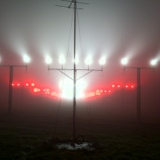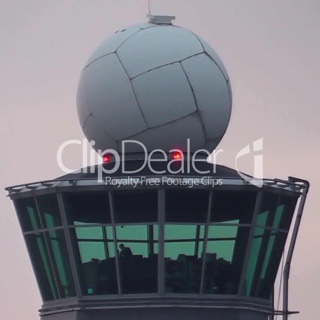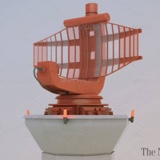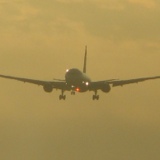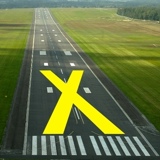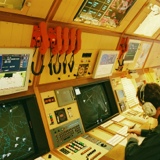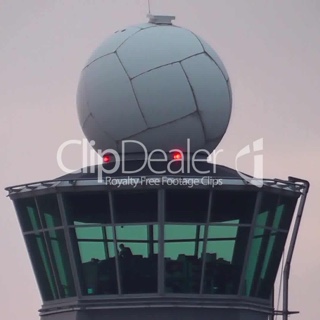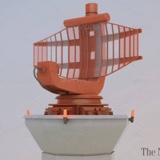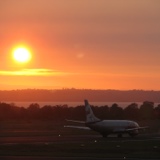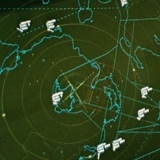Information
-
INTRODUCTION
These procedures relate to the special considerations necessary for CAT 2/3 ILS operations. During the relevant weather conditions, the Localiser/ Glide Path Sensitive Areas and Obstacle Free Zones are to be guarded. This ensures the protection of the Localiser/ Glide path signals and at the same time effectively meets the Obstacle Free Zone (OFZ) requirements.
The LSA is a rectangular area contained within parallel lines 137 metres either side of the runway centreline and between the localiser aerial and the beginning of the runway in use. In the case of departing aircraft the LSA exists only between the departing aircraft and the localiser aerial. -
GENERAL
Runway 25 is equipped with CAT 3B operations (Low Visibility Procedures).
Pilots are entitled to expect ILS Localiser and Glide Path signals fully protected from interference during the final stages of the approach, from the time that the procedures are notified as in operation until the time that they are notified as cancelled. -
VISIBILITY and CLOUD CONDITIONS
CAP 168 lays down different criteria or 'Visibility Conditions '. In order to assist ATC the strip containing the following information must be placed in the traffic display:
SAFEGUARDING : Visibility 2000m or less
Cloud Ceiling 300 feet or less
Fog in the vicinity (VCFG) is reported
LVP's : Visibility/IRVR 800m or less
Cloud Ceiling less than 200 feet
Checklist
SAFEGUARDING
-
ATC will safeguard the airfield whenever any of the following conditions occur: 1. The reported Met visibility is 2000m or less 2. The cloud ceiling is 300ft or less 3. Fog in the vicinity (VCFG) is reported
-
Inform BIA Operations Control Centre via the direct line to safeguard the airfield. The ADM will advise when the OFZ is safeguarded and the airfield lighting checks are complete. BIAL will increase inspection, from every 4 hours to every 2 hours, to maintain the status of the OFZ as secure. Any significant unserviceability shall be reported to ATC with appropriate NOTAM action being taken. Watch log to be annotated when OFZ is safeguarded.
-
Confirm category of 25 ILS with DEO Ext 4266 / 02894422005 or the engineering mobile via iPos. When Engineering is unmanned, the category can be confirmed from the IRVR. Engineering will immediately notify ATC whenever the ILS category differs from that promulgated, taking appropriate NOTAM action as needed.
-
ADC shall inform APC and WM 'Airfield safeguarded'.
-
Check IRVR is serviceable, if not initiate manual RVR observations.
LVP'S
-
ATC low visibility procedures will commence when: 1. The RVR/Met visibility decreases to 800m or less and/or 2. The cloud ceiling is less than 200ft
-
Ensure safeguarding has been completed.
-
Select Cat 2/3 on AGL Panel and switch on the standby generators for 25, 17, 07 and 35. Annotate in ATC watch log when standby generators are on/off. <br>Note: No WIP shall take place whilst in LVP's.
-
Inform RFFS via telephone of LVP's and initiate a weather standby using the following phraseology:<br>"Initiating a Weather Standby due preparation for LVP's".
-
Inform BIA Control Centre that LVP's are in force. <br>Note: BIAL might request a runway inspection before approving LVP's.
-
When engineering is manned, inform the DEO (Ext 4266) of the commencement of LVP's.
-
Inform JHFNI Operations.
-
Inform APC, WM and PC Supervisor.
-
“LVP ON” will be entered into the METCOM. This automatically activates the appropriate ATIS message, “Low Visibility Procedures are in force”.<br><br>In addition, when Cancelling LVP’s:<br>“LVPX” will be entered into the METCOM. This will automatically remove the ATIS LVP message. <br>The message “LVP’s have been cancelled” will be added to the ATIS and transmitted for 30 minutes after LVP’s have ceased.
